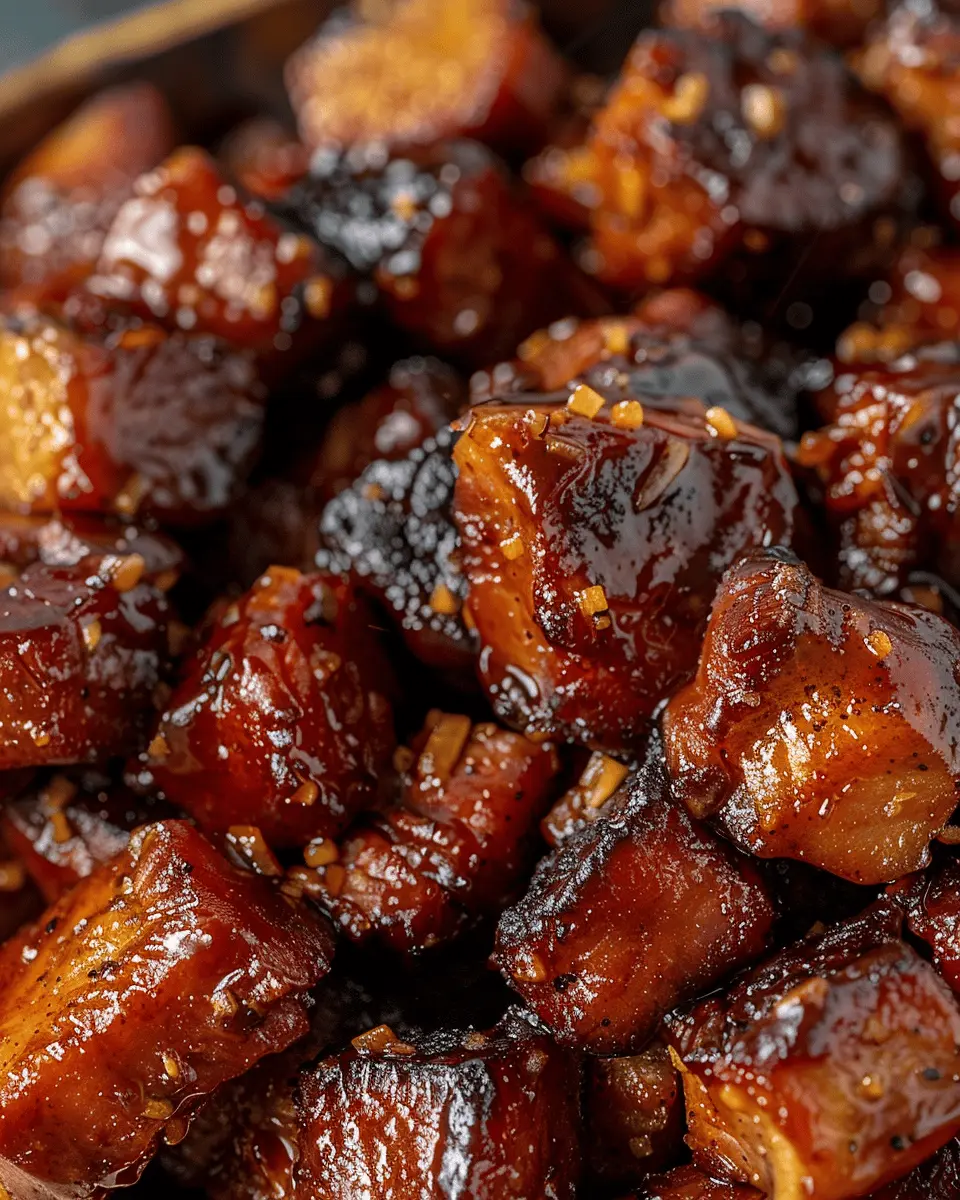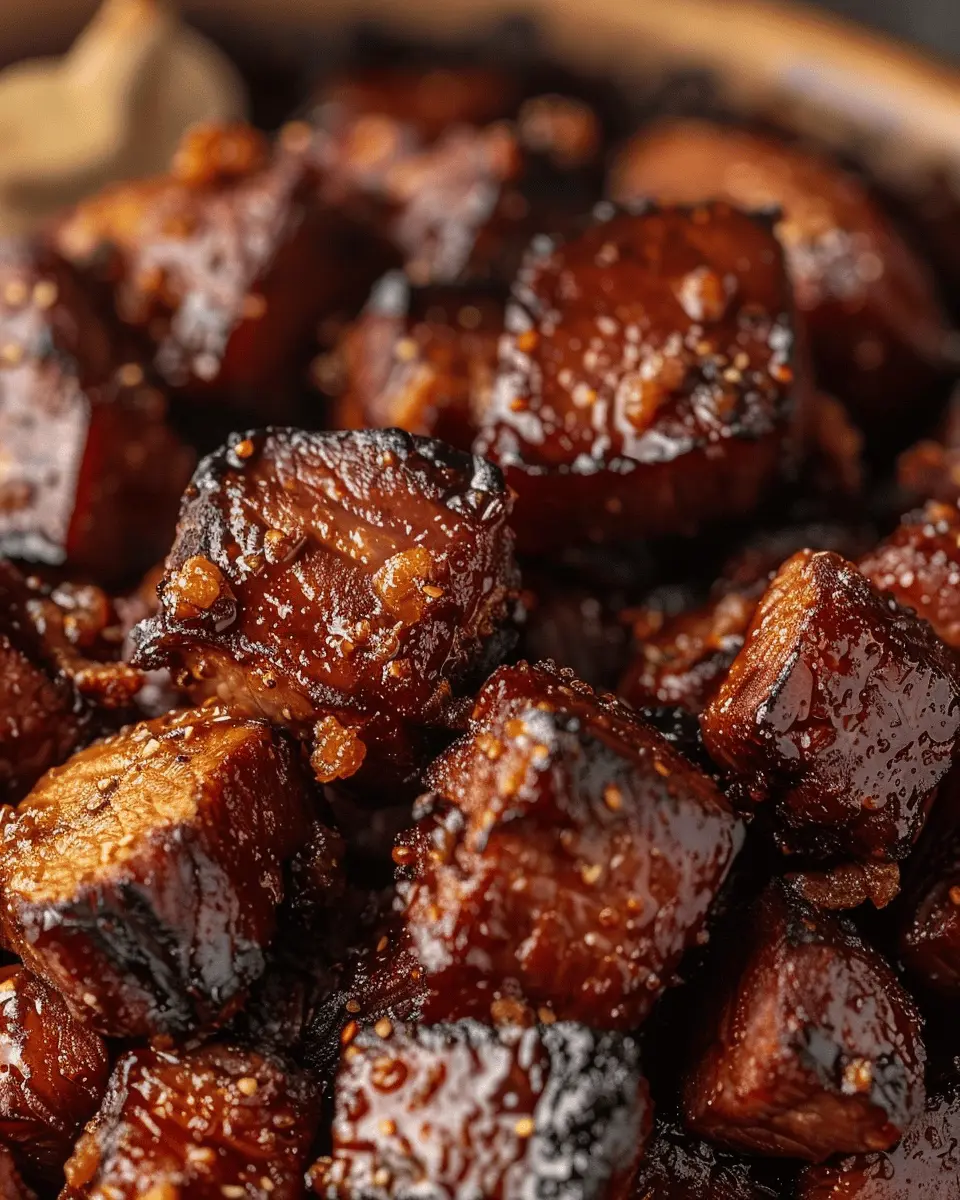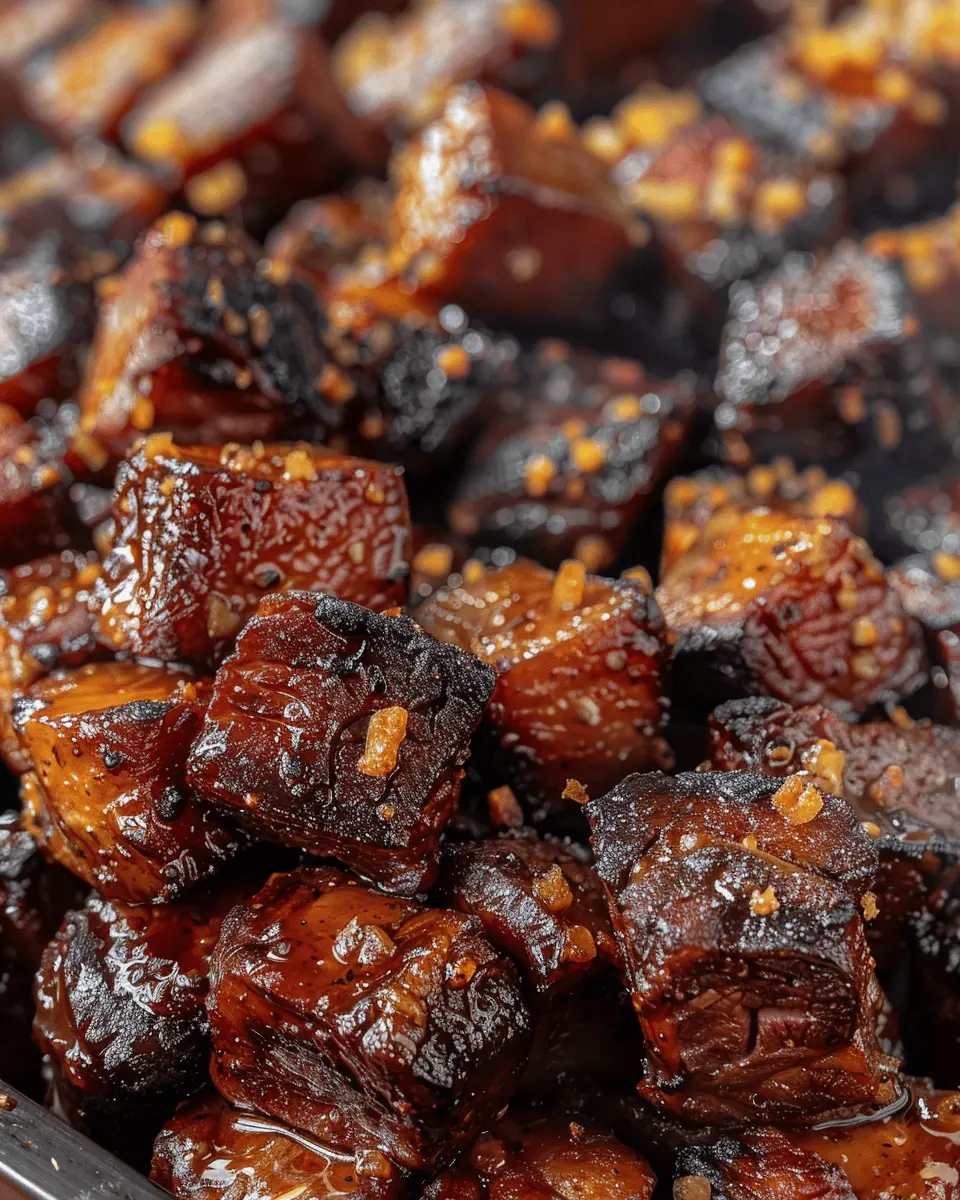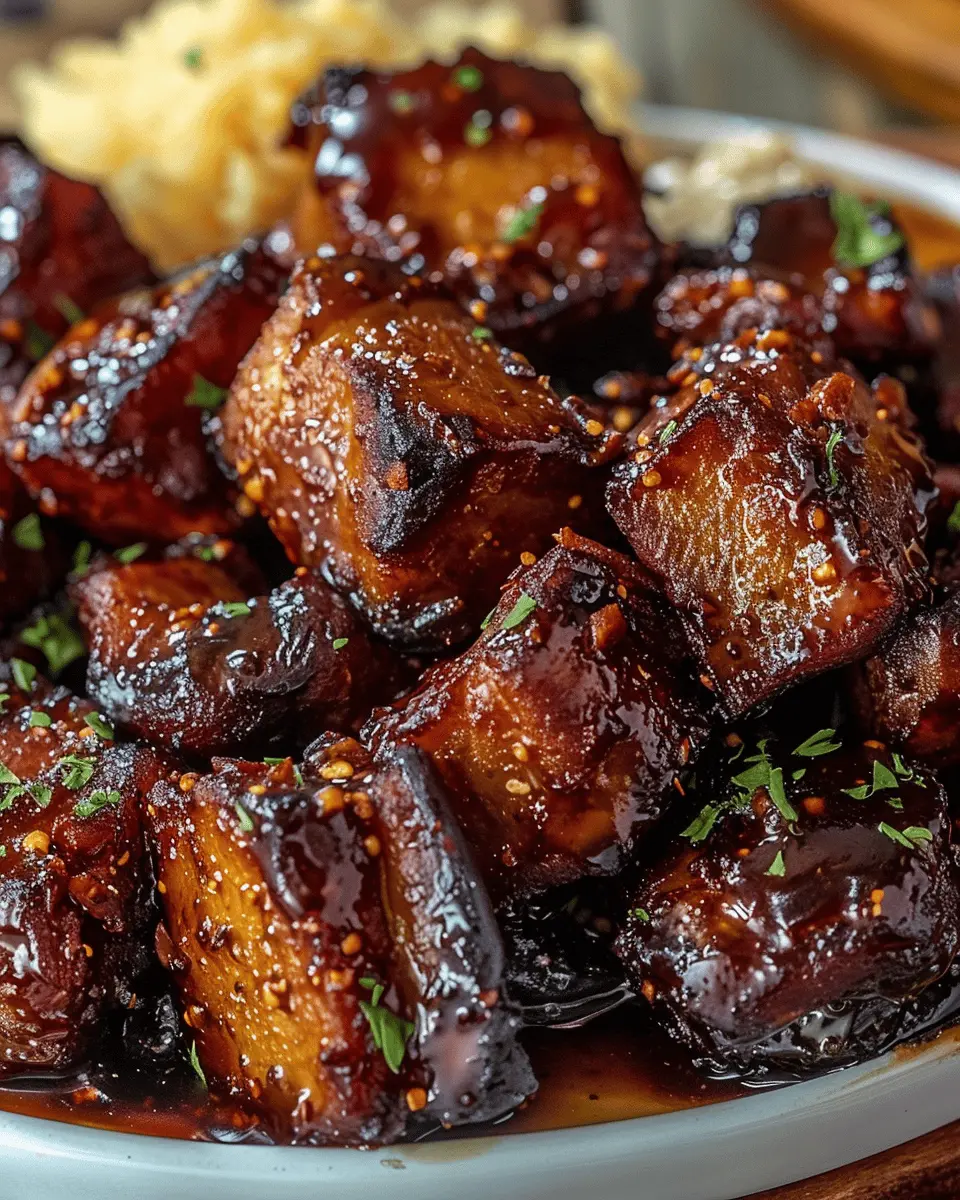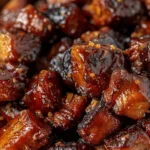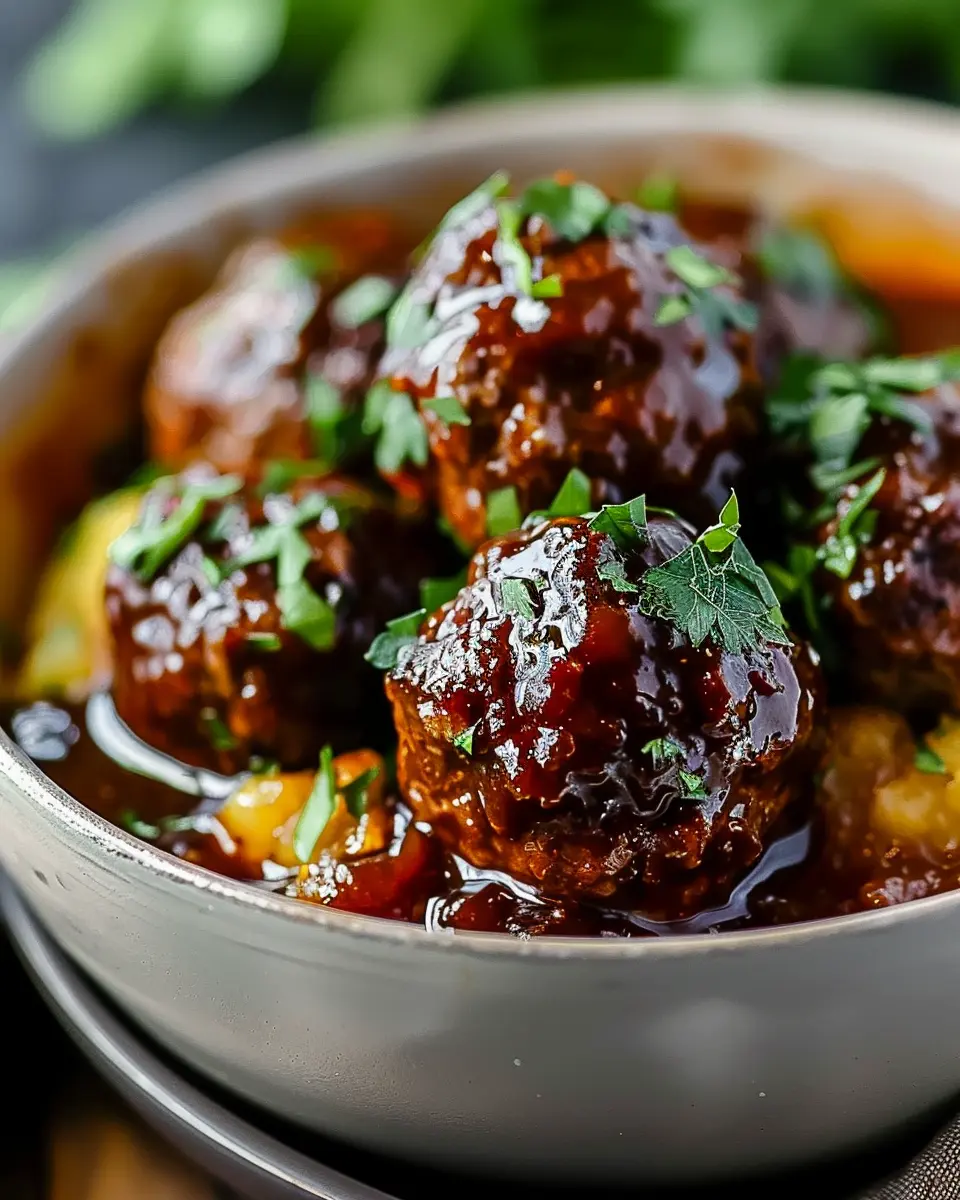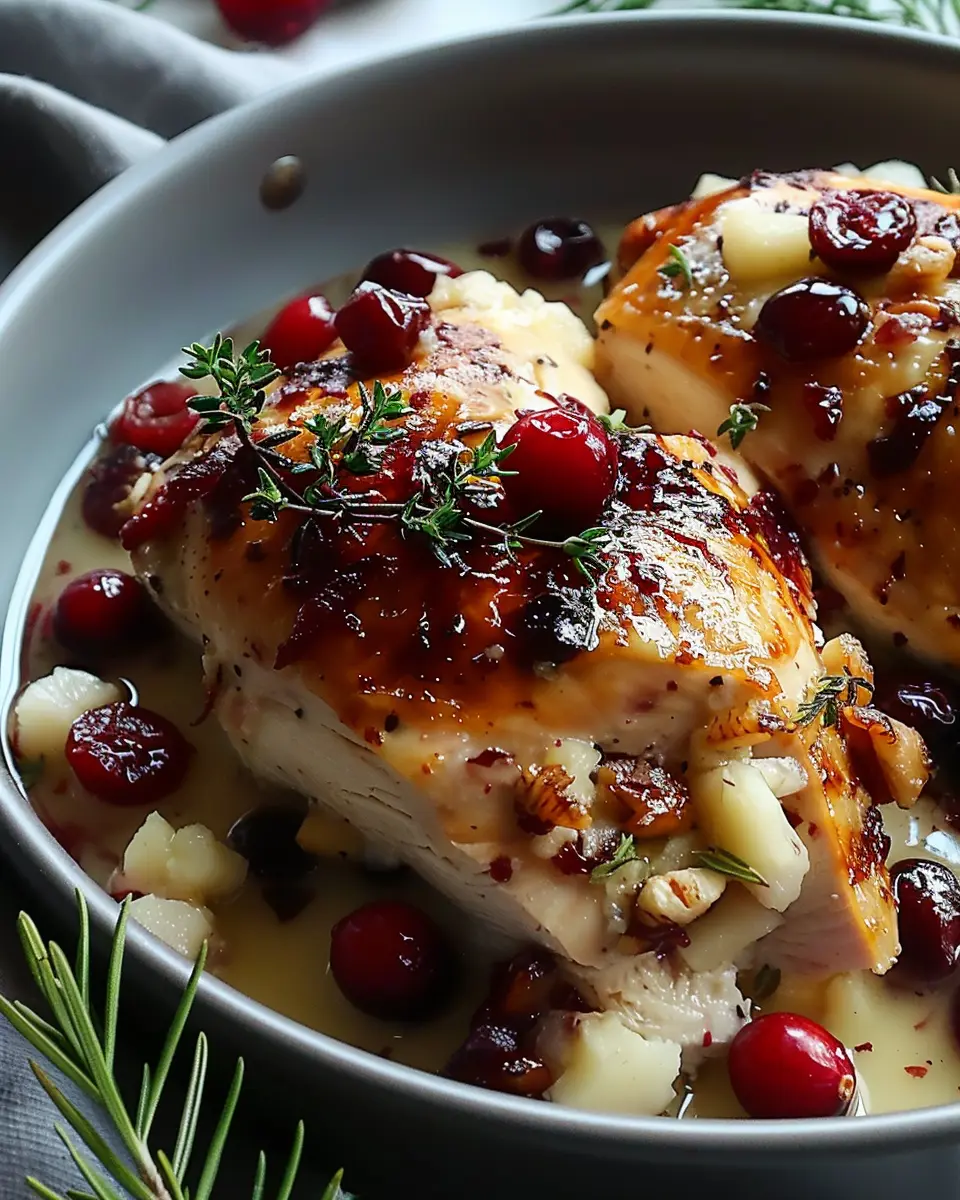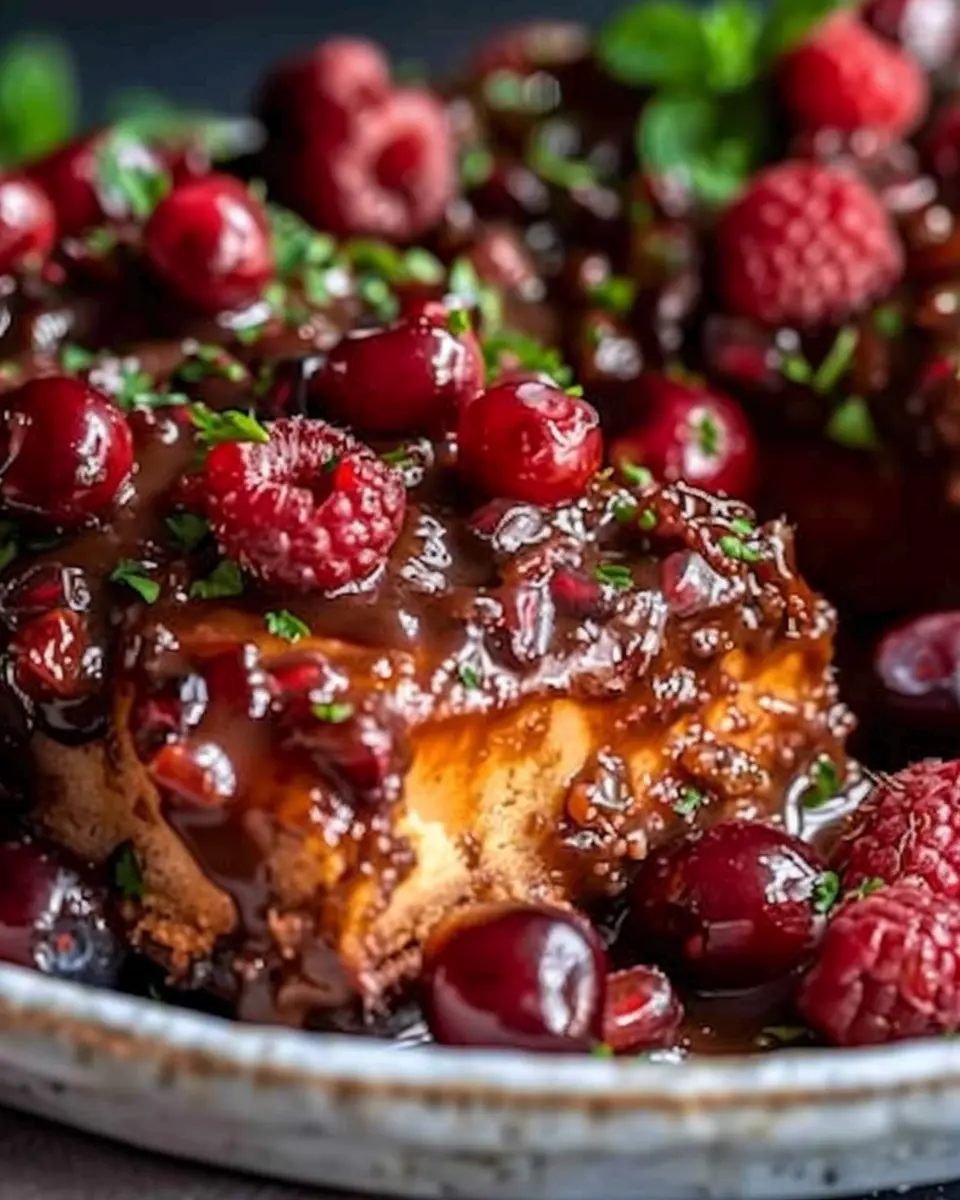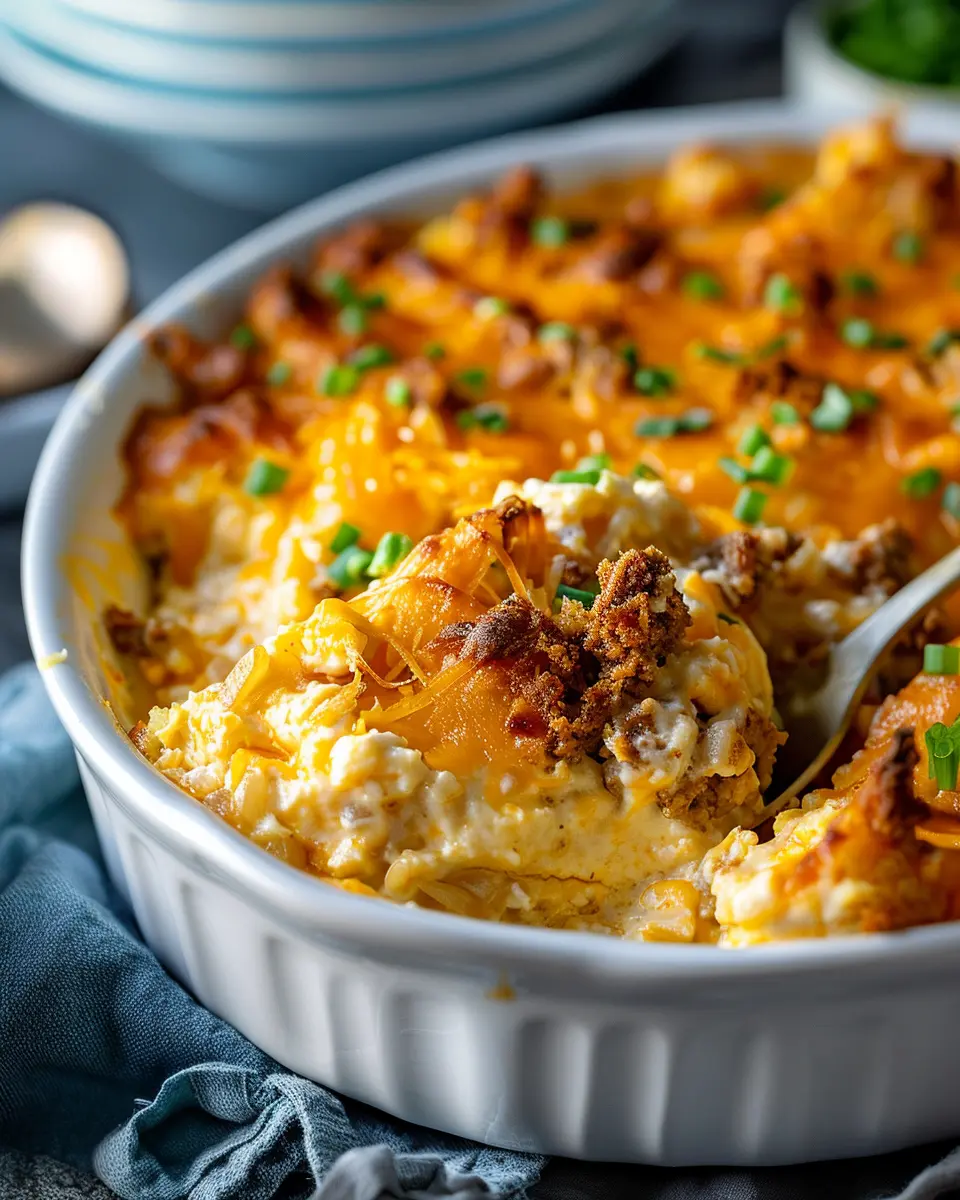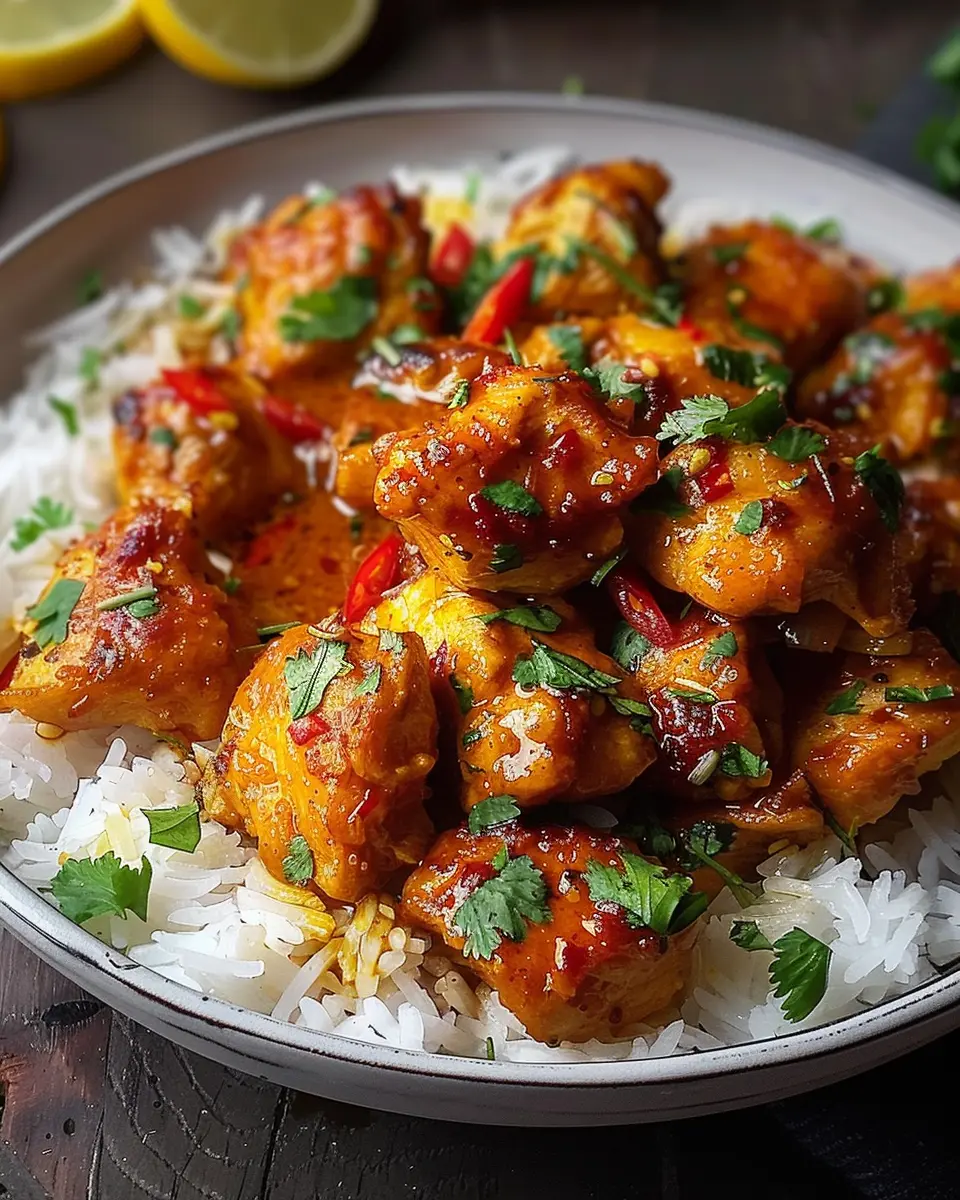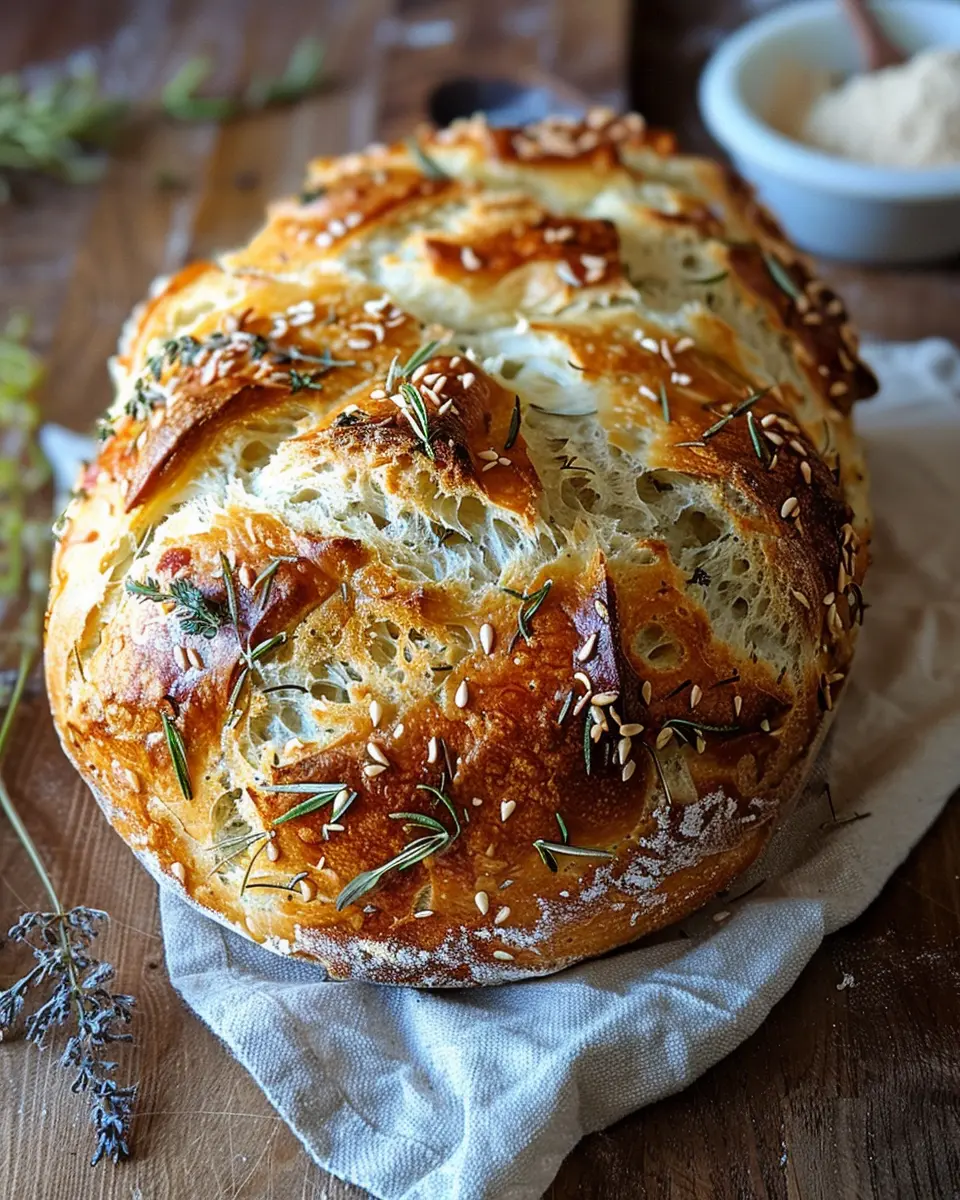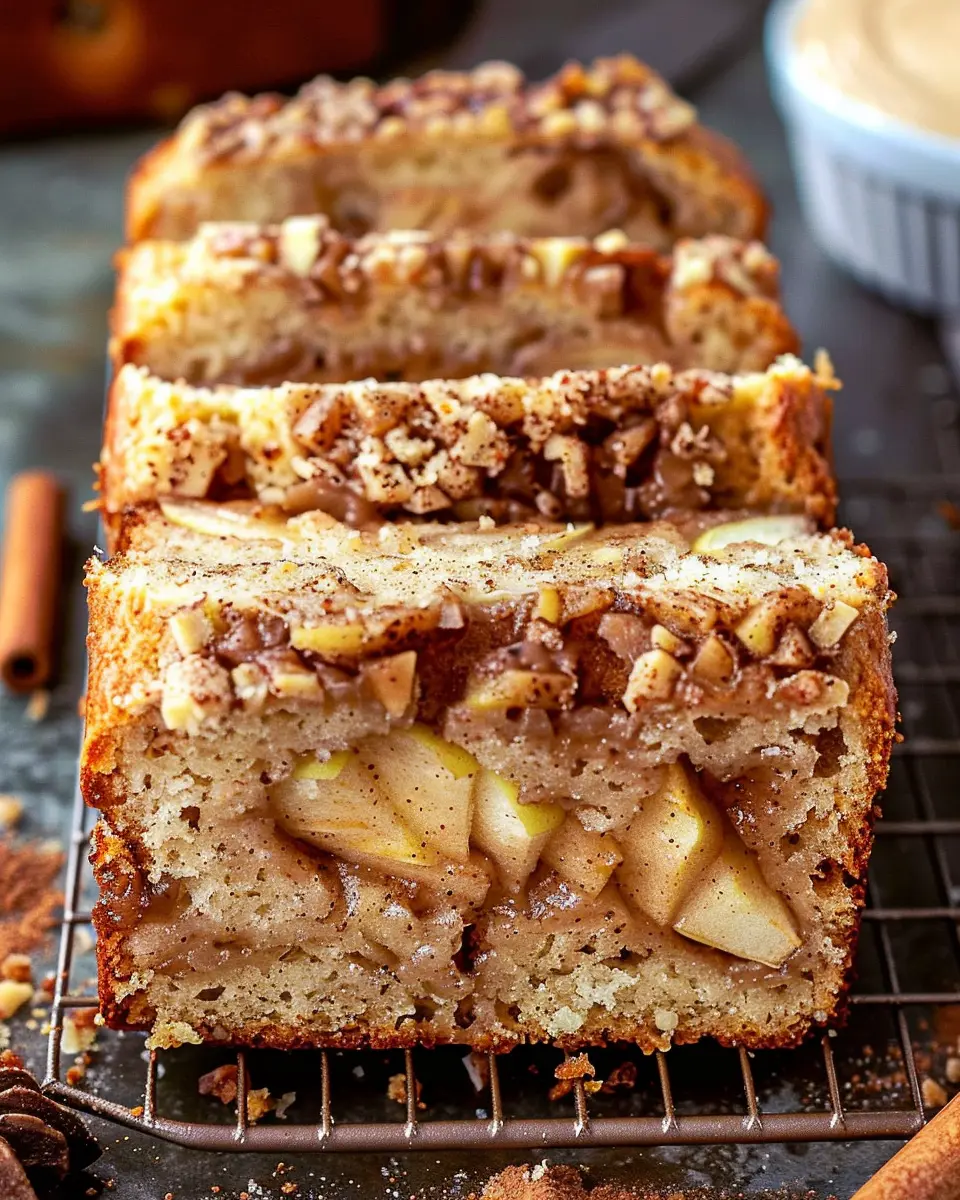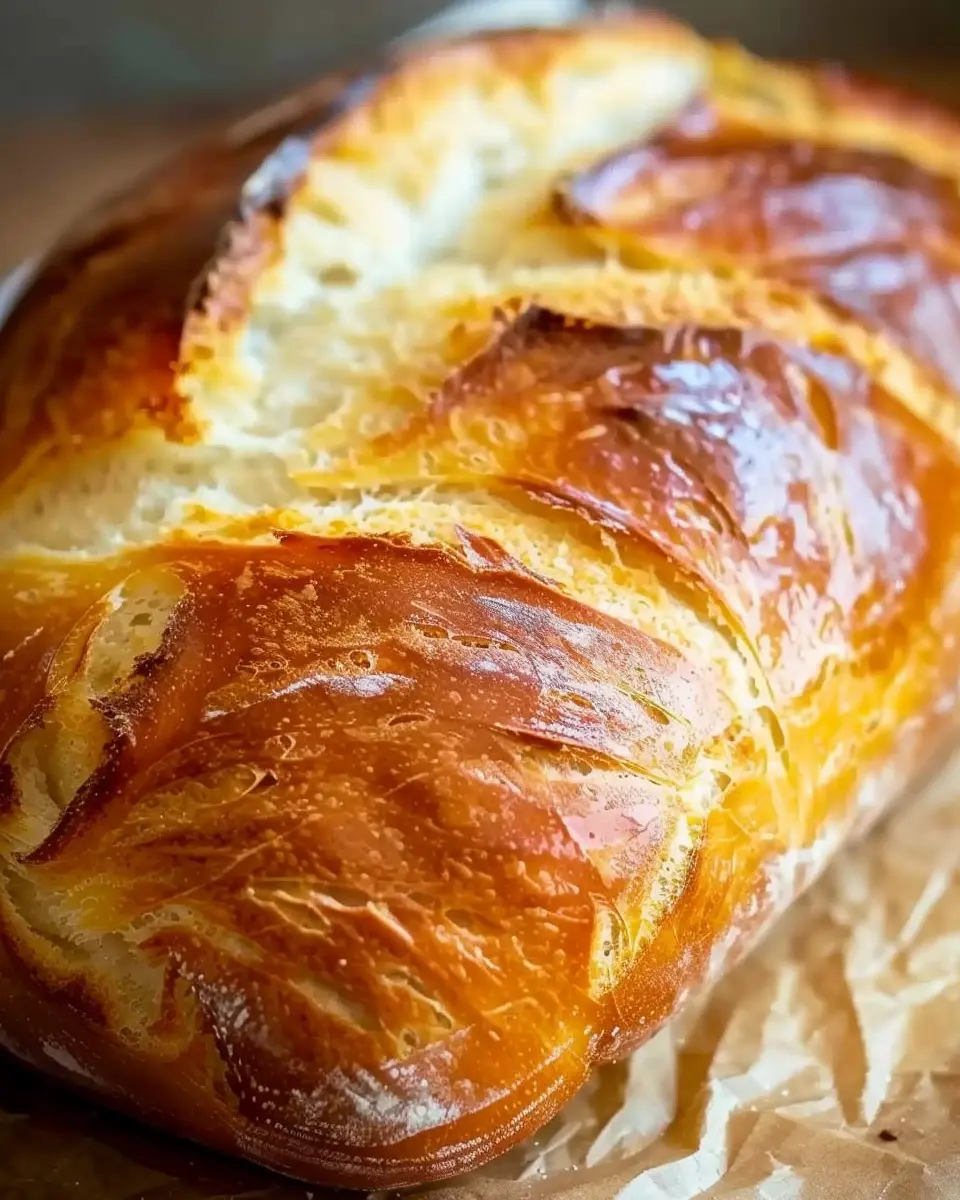Introduction to West Virginia Burnt Ends
If you’re on the hunt for a smoky, tender, and incredibly flavorful dish, look no further than West Virginia Burnt Ends. Unlike the traditional burnt ends that typically come from brisket, this regional variation brings in a delightful twist, featuring tender cuts of beef that are cooked to perfection and coated in a rich, sweet, and tangy barbecue sauce. The result? A hearty dish that’s warm, comforting, and perfect for gatherings or a casual night in.
What makes West Virginia Burnt Ends special?
What sets West Virginia Burnt Ends apart is the unique blend of flavors that reflects the culinary diversity found in this stunning mountain state. The locals have mastered the art of smoking beef, infusing it with woodsy flavors that practically melt in your mouth. Here are some key elements that make these burnt ends a must-try:
- Quality Cuts: Using prime cuts of beef ensures that the burnt ends are juicy and full of flavor. It’s essential to choose well-marbled meat for that tender texture that everyone loves.
- Sauce Creation: The sweet and tangy sauce is often a family secret, passed down through generations. Whether you prefer a classic tomato-based sauce or a vinegar-forward option, the choice allows you to customize your burnt ends to your liking.
- Cooking Method: The two-part smoking process helps develop that crispy, caramelized exterior while keeping the interior moist and succulent. This method is key to achieving that perfect bite!
Traditionally served at backyard barbecues and family gatherings, West Virginia Burnt Ends are more than just food; they symbolize hospitality and warmth. When you share a plate of these smoky delights, you’re not just offering a meal—you’re creating an experience.
So, whether you’re looking to impress guests or simply enjoy some hearty comfort food, these burnt ends will take your barbecue game to a whole new level! For more inspiration on Southern barbecue traditions, check out this guide. Ready to dive into the recipe? Let’s get cooking!
Ingredients for West Virginia Burnt Ends
Creating West Virginia burnt ends is all about finding the right blend of flavors that make this dish truly unforgettable. Below, I’ll walk you through the essential ingredients you’ll need to whip up this crowd-pleaser.
Essential Ingredients
- Beef Brisket: The star of your dish. Opt for a well-marbled cut; this will ensure juicy bites with rich flavor.
- Turkey Bacon: For a unique twist, this adds a delightful smokiness while keeping it on the healthier side.
- Chicken Ham: Surprisingly tasty, this can give you that savory undertone you might be looking for.
- BBQ Sauce: Choose a tangy, sweet sauce that complements the beef brisket. Homemade is always a winner—check out some DIY BBQ sauce recipes for inspiration.
- Brown Sugar: This ingredient helps create that caramelized exterior that everyone loves about burnt ends.
- Spices: Don’t hold back! A blend of garlic powder, onion powder, paprika, and pepper will kick things up a notch.
With these ingredients on hand, you’re ready to embark on a flavorful journey that will impress your friends at your next gathering! Have fun experimenting with different flavors and techniques, and don’t hesitate to ask questions along the way.
Preparing West Virginia Burnt Ends
When you think of mouthwatering barbecue, burnt ends might just come to mind. And in West Virginia, we put our own twist on this savory dish. Let’s dive into the steps to create delicious West Virginia burnt ends that will impress your friends and family at your next backyard gathering!
Gather your ingredients
The first step in any great cooking adventure is to gather all your ingredients. For West Virginia burnt ends, you’ll need:
- 2-3 pounds of beef brisket, preferably with a good fat cap
- 8 oz of turkey bacon, chopped into bite-sized pieces
- 8 oz of chicken ham, diced
- Your favorite barbecue sauce (homemade or store-bought)
- 2 tablespoons of smoked paprika
- 1 tablespoon of garlic powder
- 1 tablespoon of onion powder
- Salt and pepper to taste
Feel free to get creative with your spices. Some people love a hint of sweetness, so adding a touch of brown sugar can elevate the flavor profile. Don’t forget to check your pantry for any rubs or spices you enjoy!
Preheat the grill or oven
Now that you have all your ingredients, it’s time to preheat your grill or oven. If you’re using a grill, aim for a temperature around 225°F to 250°F. This low and slow method allows the beef to develop a rich, smoky flavor. For those using a conventional oven, preheat to 300°F. Either option works well; it just depends on what tools you have at your disposal!
Prepare the sauce mixture
While your grill or oven is heating up, let’s get that sauce ready. A great barbecue sauce will make your West Virginia burnt ends sing! Combine:
- 1 cup of your favorite barbecue sauce
- 2 tablespoons of smoked paprika
- 1 tablespoon of garlic powder
- A touch of honey or brown sugar for sweetness (optional)
- Salt and pepper to taste
Stir this mixture well until all ingredients are combined. This personalized sauce will coat your beef perfectly once it’s cooked, offering that sticky, sweet finish everyone loves. For an insider tip, check out BBQ Sauce America for a variety of different styles!
Coat the hot dogs
Okay, let’s keep this simple. Once you have your beef brisket, it’s time to season. Rub a generous amount of the seasoning mix directly onto the brisket, ensuring to cover every inch. Then, you’ll also want to fold in those chopped turkey bacon and diced chicken ham for extra flavor. The smoky pieces will add depth to your burnt ends, making each bite special and unforgettable.
Cook until perfect
Now for the most rewarding part: cooking! On the grill or in the oven, cook the brisket for about 6-8 hours, depending on your heat settings. It’s ready when it’s tender and the internal temperature reaches around 200°F. The key here is patience. Once it’s cooked, let it rest before slicing it into cubes.
Then, toss those cubes in your prepared sauce mixture and return them to the heat for an additional 30-45 minutes. This final cook will form that coveted caramelized crust that defines the perfect burnt end. Just remember, if you get distracted by conversations or the game, that’s okay—just tend to your BBQ and enjoy the process!
In the end, serving up West Virginia burnt ends will surely make you the BBQ star among your friends! The combination of beef brisket, turkey bacon, and chicken ham, along with the custom barbecue sauce you’ve crafted, will make for a memorable feast. Happy grilling!
Variations on West Virginia Burnt Ends
When it comes to West Virginia burnt ends, the possibilities for delicious variations are endless! Whether you’re a meat lover, or a vegetarian, there’s a twist for everyone to enjoy.
Exploring Burnt Ends with Turkey Bacon
If you love the smoky, savory flavor of burnt ends but want a twist, consider using turkey bacon. This option is not only lower in fat than traditional bacon, but it brings a delightful smoky flavor that complements the richness of the beef. Here’s how to create them:
-
Ingredients:
-
Turkey bacon
-
Your favorite BBQ sauce
-
Brown sugar
-
Spices (paprika, garlic powder, pepper)
-
Method:
- Chop turkey bacon into bite-sized pieces and toss with a mixture of your spices.
- Bake until crispy, then add to your beef burnt ends during the final cooking phase.
- Drizzle with BBQ sauce and bake until caramelized, feeding your cravings for smoky goodness.
Vegetarian Burnt Ends Using Plant-Based Hot Dogs
Don’t worry, our vegetarian friends—West Virginia burnt ends can be enjoyed without meat! Using plant-based hot dogs offers a flavorful and satisfying alternative.
-
Ingredients:
-
Plant-based hot dogs
-
BBQ sauce
-
Brown sugar
-
Spice mix of your choice
-
Method:
- Cut the hot dogs into cubes and toss them with your spice mix and brown sugar.
- Roast in the oven until they are golden and crisp on the outside, absorbing all those incredible flavors.
- Coat with BBQ sauce in the last minutes of cooking for that sticky, sweet finish.
By incorporating these variations, you allow everyone to enjoy the magic of West Virginia burnt ends. With a little creativity, you can redefine this classic dish to suit your dietary preferences.
For more ideas, why not check out resources on plant-based cooking here?
Cooking Tips and Notes for West Virginia Burnt Ends
When you’re preparing West Virginia Burnt Ends, the little details can make a significant difference in flavor and texture. Here are some handy tips to elevate your game:
Choose the Right Cut
For the best results, use a high-quality cut of beef, like brisket or chuck roast. It’s worth the investment, as the flavor develops beautifully during the cooking process.
Season Generously
Don’t hesitate to be generous with your seasoning blend. Classic choices are a mix of brown sugar, pepper, and smoked paprika. This combination enhances that delicious, caramelized crust.
Low and Slow Is the Way to Go
Remember to cook your burnt ends low and slow. Aim for a temperature around 225°F to 250°F. This allows the connective tissues in the beef to break down, resulting in tender pieces that melt in your mouth.
Staying Hydrated
As you’re smoking, keep a water pan in your smoker to maintain humidity. This prevents the meat from drying out, ensuring your West Virginia Burnt Ends are juicy and full of flavor.
Enjoy experimenting and don’t forget to check out The Spruce Eats or Serious Eats for even more grilling tips! Happy cooking!
Serving suggestions for West Virginia Burnt Ends
When it comes to serving West Virginia burnt ends, the possibilities are as varied as the mountain views! These deliciously smoky bites are perfect for gatherings, game days, or simply a cozy dinner at home. Here are some inviting ways to serve them:
-
Classic BBQ Plate: Pair your burnt ends with a side of creamy coleslaw and flavorful baked beans. This classic combo highlights the richness of the beef while balancing it with refreshing textures.
-
On a Bun: For a casual twist, pile your West Virginia burnt ends onto a soft, toasted brioche bun. Add a drizzle of barbecue sauce and pickles for a mouthwatering sandwich experience.
-
Taco Night: Get creative and use the burnt ends in tacos! Soft tortillas, fresh cilantro, and a squeeze of lime can elevate your taco game to a whole new level.
-
Salads: Toss the burnt ends on a bed of mixed greens with warm bacon vinaigrette for a hearty salad that’s both satisfying and nutritious.
Each serving suggestion allows you to savor the smoky goodness of these beefy treasures while exploring different culinary avenues. For more tips on barbecue classics, check out resources from the National BBQ Association. Whether you’re hosting friends or enjoying a quiet night in, these options cultivate an unforgettable dining experience.
Tips for Making Perfect West Virginia Burnt Ends
When it comes to creating West Virginia burnt ends, a few key tips can elevate your dish from good to spectacular. Let’s break down some actionable insights to help you achieve that tender, smoky perfection everyone raves about.
Choose Quality Beef
The foundation of any fantastic burnt ends lies in the quality of your beef. Opt for a well-marbled brisket, as the fat will render nicely during cooking, making it juicy and flavorful. Fresh ingredients make a tangible difference, so consider sourcing your beef from local farms or reputable butchers.
Season Generously
Don’t skimp on the seasoning! A good dry rub can enhance the richness of your West Virginia burnt ends. Combine brown sugar, paprika, garlic powder, salt, and pepper for a well-rounded flavor. Smoker’s Choice recommends letting your rubbed meat rest in the fridge for at least a few hours, or even overnight, to let those flavors penetrate.
Perfect Your Cooking Method
Slow and steady wins the race. Aim for a cooking temperature around 225°F to 250°F in your smoker. This gentle heat allows the collagen in the beef to break down, making it incredibly tender. If you’re unsure about your smoker’s temperature, investing in a reliable meat thermometer can make all the difference.
Finish with a Glaze
For that sweet and tangy finish, a glaze made from BBQ sauce can bring your burnt ends to the next level. Apply it during the last 30 minutes of cooking to create that delicious caramelization.
By following these tips, you’ll be well on your way to serving up mouthwatering West Virginia burnt ends that your friends and family will never forget. Happy cooking!
Time details for West Virginia Burnt Ends
Preparation time
Getting the flavorful West Virginia burnt ends ready is a breeze, taking just about 20 minutes. This step involves trimming your beef, seasoning it with a blend of spices, and preparing for cooking. It’s a perfect task to squeeze into your weekend prep!
Cooking time
The beauty of burnt ends lies in the cooking process, which takes around 4 to 6 hours. You’ll want to give your seasoned beef enough time to smoke low and slow until it’s tender and infused with a rich, smoky flavor.
Total time
In total, you’re looking at about 4 hours and 20 minutes to bring these delectable treats to life. That’s a small investment for succulent, savory bites that’ll make everyone at your gathering rave about your cooking skills!
For some tips on ideal smoking techniques, check out this article for expert advice. And don’t forget to browse Barbecue Bible for more delicious recipes and smoking insights.
Nutritional information for West Virginia Burnt Ends
When indulging in West Virginia burnt ends, it’s essential to know what you’re putting into your body. These mouthwatering bites can be both a treat and a substantial part of your meal plan. Here’s a closer look at the nutritional breakdown to help you enjoy them thoughtfully.
Calories
One serving of West Virginia burnt ends typically contains around 300-400 calories, depending on preparation methods and ingredients. Keep in mind that portion size plays a huge role in your caloric intake.
Protein
These burnt ends are an excellent source of protein, packing roughly 25-30 grams per serving. This makes them a fantastic post-workout option or a satisfying meal for a busy day. Protein is essential for muscle repair and keeping you full, so enjoy these guilt-free!
Sodium
While deliciously savory, West Virginia burnt ends can also be higher in sodium, usually ranging from 600-800 milligrams per serving. If you’re watching your salt intake, consider balancing with low-sodium options or pairing with fresh salads.
For more personalized nutritional plans, check out resources like the USDA’s FoodData Central to gain better insights into various ingredients. Enjoy your culinary adventure responsibly!
FAQs about West Virginia Burnt Ends
Can I use different types of hot dogs?
Absolutely! While traditional West Virginia burnt ends feature specific types of meats, feel free to experiment with different hot dogs. Turkey hot dogs or chicken sausages can add a unique twist, providing a lighter option without sacrificing flavor. Some people even love using gourmet or artisanal hot dogs to elevate this dish. Consider options like herb-infused or spicy varieties to add some extra zing.
How do I store leftover burnt ends?
To keep your West Virginia burnt ends fresh, follow these simple steps:
- Cool Completely: Let the burnt ends cool down to room temperature.
- Refrigerate: Store them in an airtight container in the fridge for up to 3-4 days.
- Freeze for Longer Storage: If you want to keep them longer, consider freezing. Wrap them tightly in plastic wrap, then place them in a freezer-safe bag. They can last up to 3 months in the freezer.
When you’re ready to enjoy them again, just reheat gently in the oven or microwave.
What sides pair well with burnt ends?
Serving West Virginia burnt ends opens the door to a world of delicious side options. Some great pairings include:
- Coleslaw: The crunch and acidity balance well with the smokiness.
- Baked Beans: A classic choice that harmonizes beautifully with the flavors.
- Cornbread: The slight sweetness complements the savory burnt ends.
- Mac and Cheese: Creamy and cheesy goodness adds comfort to your meal.
For more ideas, check out this article on best side dishes for barbecue to explore even more delicious pairings!
Feel free to experiment with sides that suit your taste. The key is to let the rich flavors of your burnt ends shine through while providing contrasting textures and tastes in your meal.
Conclusion on West Virginia Burnt Ends
In wrapping up our exploration of West Virginia burnt ends, it’s clear that this dish is a beloved staple for a reason. With their smoky flavor and tender texture, they bring a delightful twist to any barbecue feast. If you’re hosting a gathering or simply craving something savory, these burnt ends elevate any meal.
Plus, they’re perfect for meal prep, so make a big batch and enjoy them throughout the week. If you’re eager for more grilling tips, check out this guide to perfect meat grilling. So fire up that grill and give these burnt ends a try—they might just become your new favorite dish!
PrintWest Virginia Burnt Ends: Easy Turkey Bacon Recipe You’ll Love
A delicious and easy recipe for West Virginia Burnt Ends using turkey bacon.
- Prep Time: 15 minutes
- Cook Time: 2 hours
- Total Time: 2 hours 15 minutes
- Yield: 6 servings 1x
- Category: Appetizer
- Method: Baking
- Cuisine: American
- Diet: Gluten-Free
Ingredients
- 2 pounds turkey bacon
- 1 cup barbecue sauce
- 1 tablespoon brown sugar
- 1 teaspoon smoked paprika
- 1 teaspoon garlic powder
Instructions
- Preheat your oven to 300°F (150°C).
- Cut the turkey bacon into bite-sized pieces.
- In a bowl, mix the barbecue sauce, brown sugar, smoked paprika, and garlic powder.
- Toss the turkey bacon in the sauce mixture until well coated.
- Spread the bacon pieces on a baking sheet lined with parchment paper.
- Bake for 2 hours, stirring every 30 minutes until crispy.
Notes
- For extra flavor, marinate the turkey bacon overnight.
Nutrition
- Serving Size: 1 cup
- Calories: 300
- Sugar: 10g
- Sodium: 800mg
- Fat: 20g
- Saturated Fat: 7g
- Unsaturated Fat: 10g
- Trans Fat: 0g
- Carbohydrates: 15g
- Fiber: 1g
- Protein: 20g
- Cholesterol: 40mg
Keywords: West Virginia Burnt Ends, Turkey Bacon Recipe
